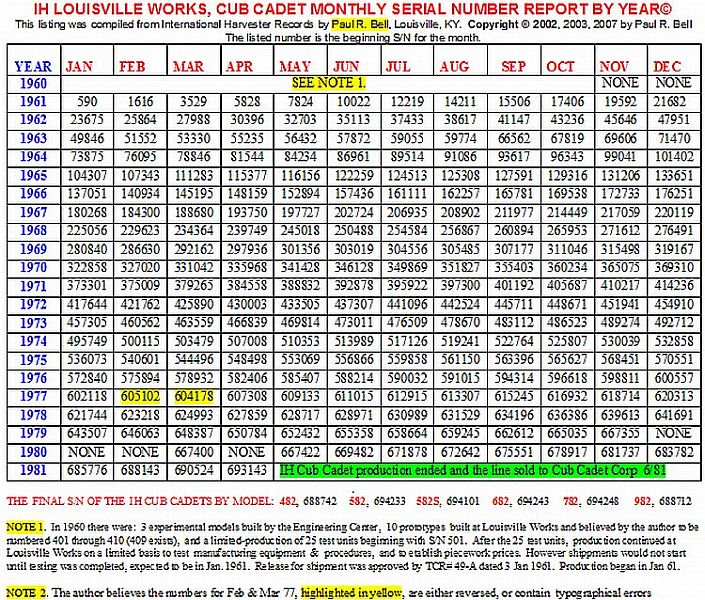

Nonessential amino acids may also be added to the medium to replace those that have been depleted during growth. Typical suppliers of L-glutamine for cell culture is MilliporeSigma (G7513). Supplements like glutamax are more stable and can replace glutamine for long term culturing of slow cells. Invertebrate cell culture media can contain as much as 12.3 mM L-glutamine. L-glutamine concentrations for mammalian cell culture media can vary from 0.68 mM in Medium 199 to 4mM in Dulbecco’s Modified Eagles’s Medium. Caution should be used when adding more L-glutamine than is called for in the original medium formulation since its degradation results in the build-up of ammonia, and ammonia can have a deleterious effect on some cell lines. L-glutamine is an unstable amino acid, that, with time, converts to a form that can not be used by cells, and should thus be added to media just before use. L-glutamine provides nitrogen for NAD, NADPH and nucleotides and serves as a secondary energy source for metabolism. L-glutamine, an essential amino acid, is particularly important. They are required for the proliferation of cells and their concentration determines the maximum achievable cell density. Essential amino acids must be included in the culture media as cells can not synthesize these by themselves. 3) Phenol red interferes with detection in flow cytometric studies.Īmino acids are the building blocks of proteins, and thus are obligatory ingredients of all known cell culture media. This effect can be neutralized by the inclusion of serum or bovine pituitary hormone in the medium. 2) Presence of phenol red in some serum-free formulations interferes with the sodium-potassium homeostasis. Thus it is advisable to use media without phenol red for studies using estrogen-sensitive cells like mammary tissue. However, there are certain disadvantages of using phenol red as described below: 1) Phenol red mimics the action of some steroid hormones, particularly estrogen. Medium is bright red for pH 7.4, the optimum pH value for cell culture. At low pH levels, phenol red turns the medium yellow, while at higher pH levels it turns the medium purple. During the cell growth, the medium changes color as pH is changed due to the metabolites released by the cells. Most of the commercially available culture media include phenol red as a pH indicator, which allows constant monitoring of pH.

In addition to nutrients, the medium also helps maintain pH and osmolality. A typical culture medium is composed of a complement of amino acids, vitamins, inorganic salts, glucose, and serum as a source of growth factors, hormones, and attachment factors. Cell culture media generally comprise an appropriate source of energy and compounds which regulate the cell cycle. A growth medium or culture medium is a liquid or gel designed to support the growth of microorganisms, cells, or small plants. The most important and crucial step in cell culture is selecting appropriate growth medium for the in vitro cultivation. Basic environmental requirements for cells to grow optimally are: controlled temperature, a substrate for cell attachment, and appropriate growth medium and incubator that maintains correct pH and osmolality. It is the general term used for the removal of cells, tissues or organs from an animal or plant and their subsequent placement into an artificial environment conducive to their survival and/or proliferation. Cell culture is one of the major techniques in the life sciences.


 0 kommentar(er)
0 kommentar(er)
